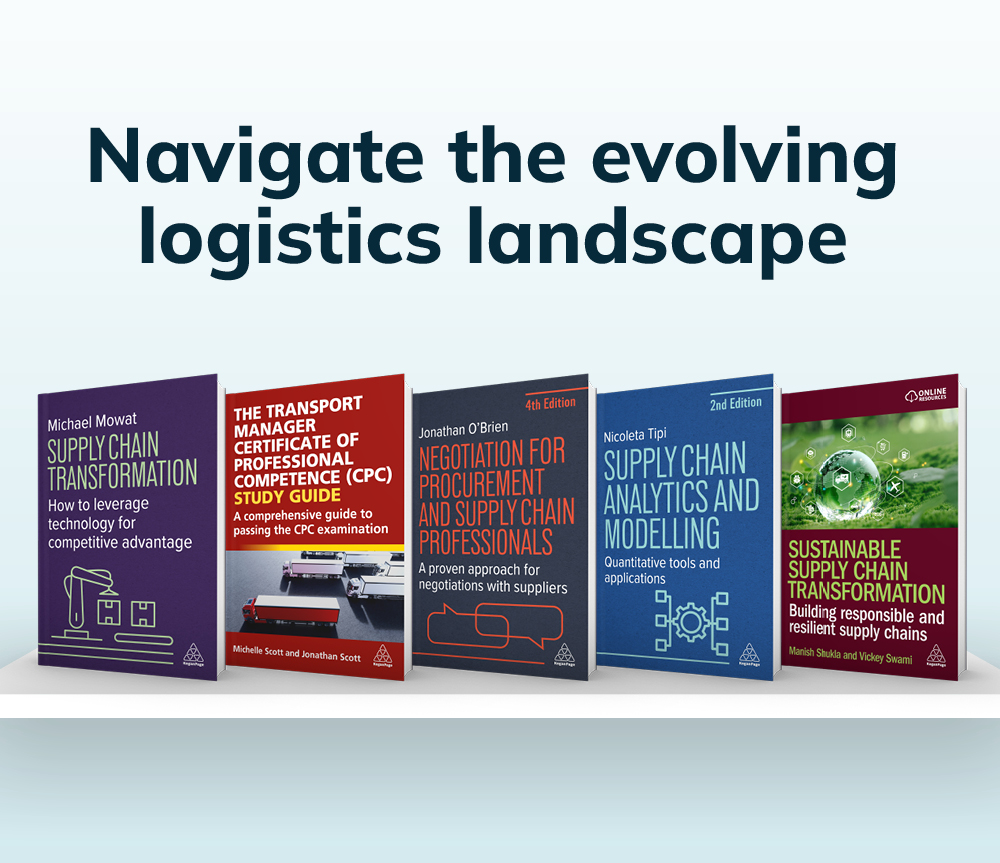Get a FREE ebook with your print copy when you select the "bundle" option. T&Cs apply.
Logistics, Supply Chain & Operations Books
Latest books in Logistics, Supply Chain & Operations
Trending books
Latest insights in Logistics, Supply Chain & Operations
Transport, Operations In this article, Ashley Rimmer examines why load security remains a critical safety issue for UK haulage. He outlines the legal duties of operators and drivers, the DVSA’s enforcement priorities for 2026 and the smart technologies and training practices shaping safer, more professional transport operations.
Transport, Operations Ashley Rimmer outlines how operator licensing supports safety, compliance and professionalism across UK road transport. He sets out the legal foundations of good repute, financial standing and professional competence, and shows how digital systems, continuous oversight and effective management are shaping the standards expected of today’s operators.
Logistics, Supply Chain & Operations, Transport In this article, Ashley Rimmer provides an in-depth overview of the Operator’s Licence application process, outlining the key requirements, types of licences and best practices for a successful application.
Publishing soon







